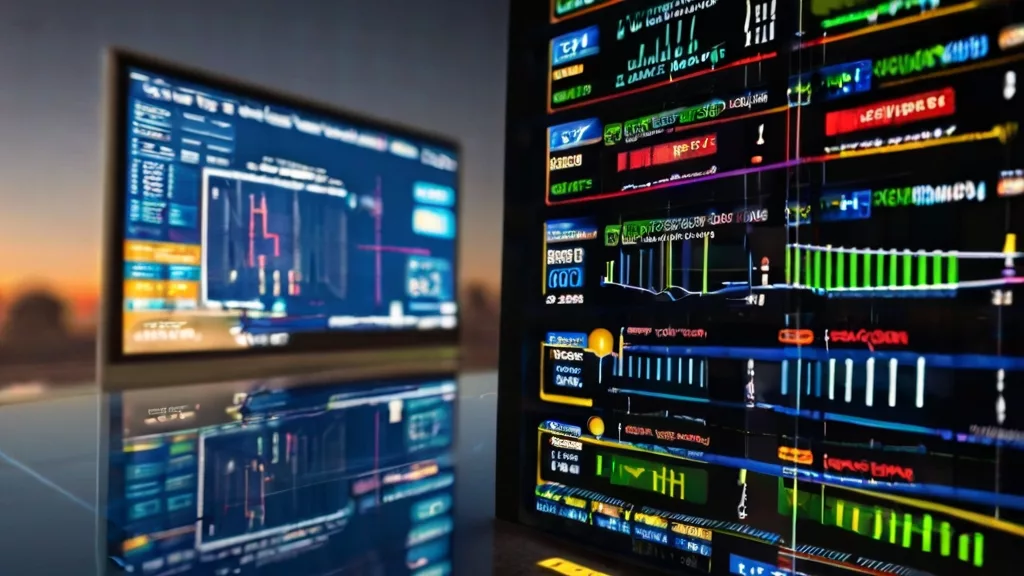The finance industry is witnessing a significant shift with the rise of blockchain-powered secondary markets, which outperform traditional ones in several ways. Traditional secondary markets, where assets like stocks, bonds, and commodities are traded post-initial offering, have long been foundational to the global financial landscape. Yet, they are now being challenged. In this article, we explore why these blockchain-based platforms are becoming the preferred choice for many investors and trade.
Traditional Secondary Markets: A Quick Overview
Traditional secondary markets operate through well-established financial exchanges. They offer liquidity and enable price discovery but often come with high costs, slower transactions, and considerable paperwork because of regulatory compliance and intermediary involvement.
Enter Blockchain-Powered Secondary Markets
Blockchain technology introduces decentralized secondary markets that streamline transactions by removing intermediaries. These markets operate 24/7, offering unprecedented access and flexibility to investors around the globe. With blockchain, every transaction is recorded on a secure, immutable ledger, enhancing transparency and reducing the potential for fraud.
Speed and Accessibility
One of the standout benefits of blockchain markets is their efficiency. You can complete a transaction in minutes, if not seconds—far faster than traditional exchanges that rely on standard banking hours and can take days to settle trades. Moreover, blockchain markets are accessible to anyone with an internet connection, democratizing access to investment opportunities.

Reduced Costs, Increased Security
Blockchain markets drastically reduce transaction costs by eliminating the need for brokers, clearinghouses, and other financial intermediaries. Additionally, the inherent security protocols of blockchain technology safeguard against unauthorized access and fraud, providing a safer environment for asset trading.
Global Participation
National borders do not confine blockchain-powered markets, enabling truly global participation. This global reach allows for greater liquidity and diversity in assets, from cryptocurrencies and tokens representing real-world assets to tokenized versions of traditional stocks.
Regulatory Evolution
Regulation remains a challenge, but it’s developing. Furthermore, progressive jurisdictions are establishing frameworks that recognize and regulate blockchain transactions, which enhance market stability and investor confidence.
The Future: Blockchain-powered Secondary Market Dominance
As blockchain technology continues to mature, its potential to redefine secondary markets is undeniable. With benefits such as increased efficiency, enhanced security, cost reduction, and global accessibility, blockchain-powered markets will surpass traditional markets in many aspects of trading and investment.
Investors looking to stay ahead in the financial world should consider the burgeoning opportunities in blockchain-powered secondary markets. As we move forward, these innovative platforms will redefine how we think about trading and investing, making them an integral part of the financial landscape.
Finally, for anyone keen on the future of trading, blockchain-powered secondary markets offer an interesting, efficient, and secure alternative to traditional methods, marking the next step in the evolution of global finance.
Finally, we refined and enhanced the article using ChatGPT.

